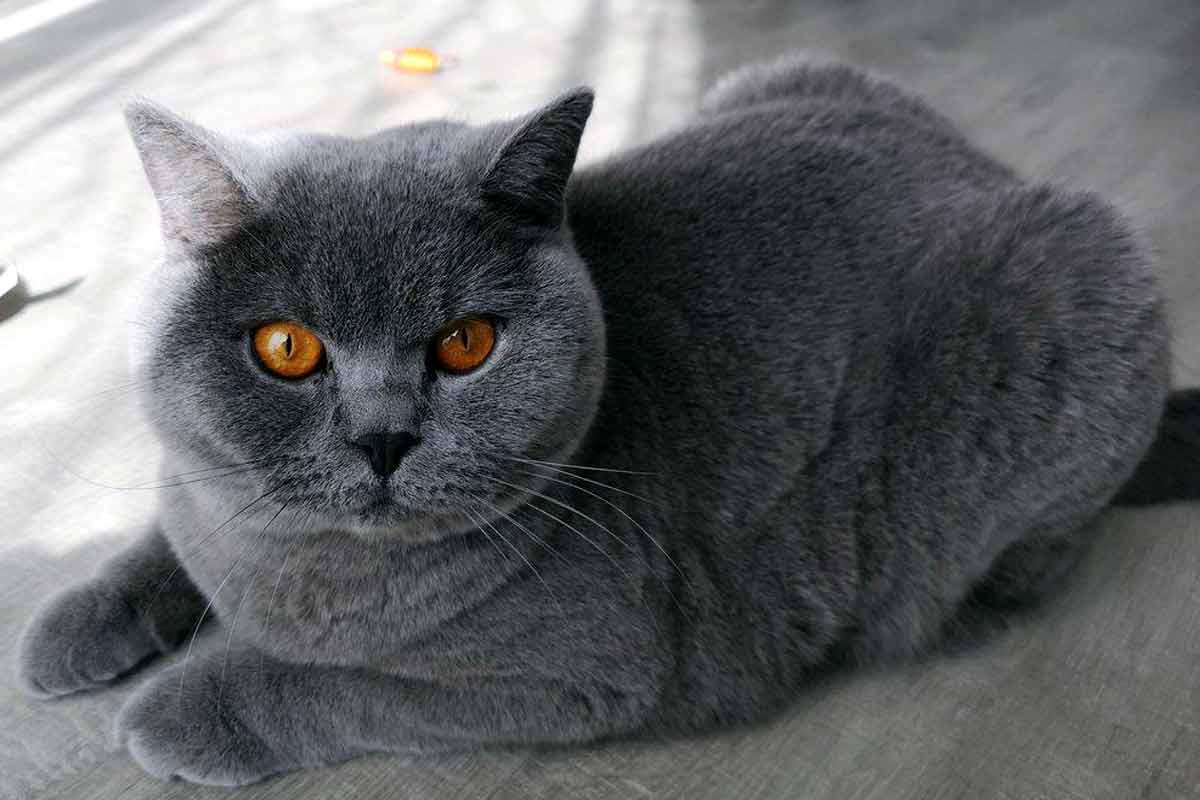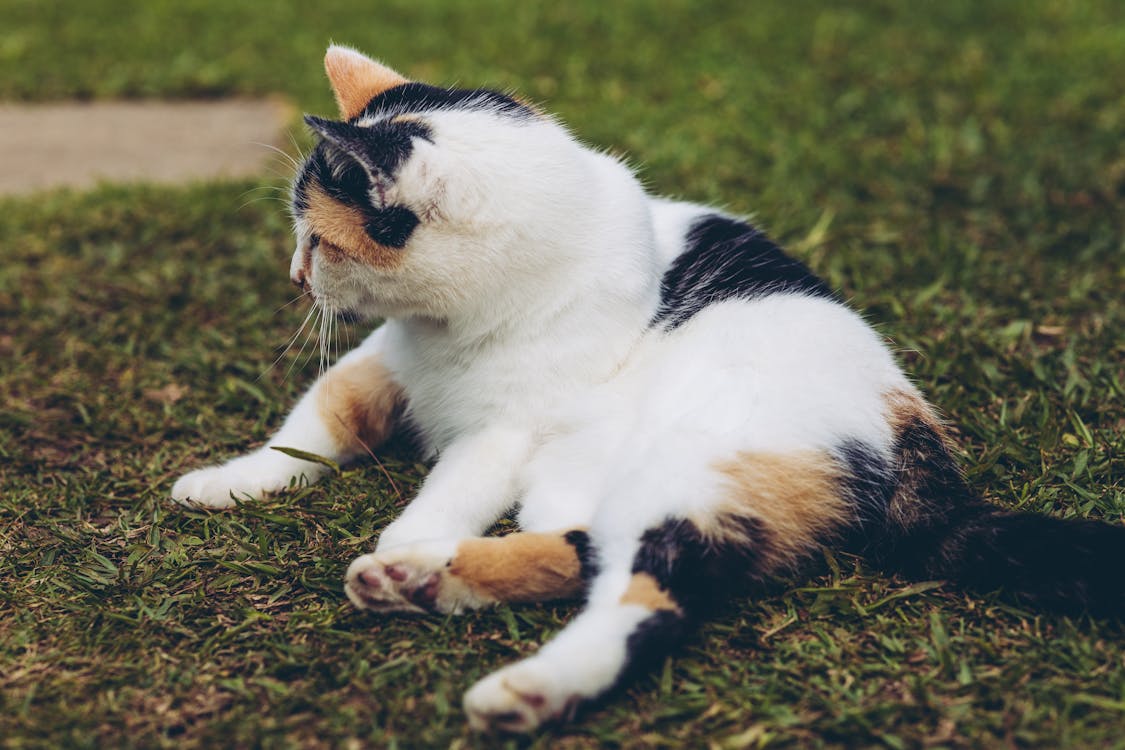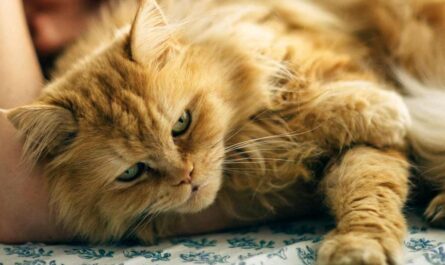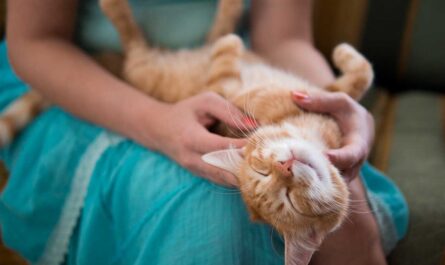How can you tell if your cat has a fever? Detecting if your cat has a fever is crucial for maintaining their health and well-being. Just like humans, cats can experience fevers as a symptom of an underlying illness or infection. A normal body temperature for a cat typically ranges between 100.5 to 102.5 degrees Fahrenheit (38 to 39.2 degrees Celsius). When a cat’s temperature exceeds this range, it indicates a fever. Observing changes in your cat’s behavior, appearance, and habits can provide vital clues to determine if they have a fever. Common signs of a fever in cats include lethargy, reduced appetite, shivering, dehydration, and warm ears. Additionally, feeling your cat’s body temperature using a thermometer designed for pets can offer a more precise assessment.
How can you tell if your cat has a fever?
It’s essential to approach your cat gently and with caution when checking their temperature to avoid causing stress or injury. Early detection and prompt veterinary care are essential for addressing any underlying issues causing the fever and ensuring your cat’s swift recovery. Here are some tips on how can you tell if your cat has a fever:
Other Interesting Articles
- How To Take Care of A Baby Kitten 2 Weeks Old: 6-Step Guide
- 20 Famous People and Legends Who Loved & Had Pet Cats
- How To Tell If A Cat is Male/Boy or Female/Girl: Tips, Guide
- A Guide to Socializing Shy, Frightened, or Traumatized Cats
- How to Stop A Cat From Spraying Indoors: Home Remedies
- How to Help Cats Get Along with a Kitten Step-By-Step
- How To Tell If Your Cat Has A Triple Coat: 7 Simple Steps
- How To Tell If Your Cat Has Down Syndrome: Signs & Myths
- 11 Signs Your Cat is a Girl: Tips To Distinguish A Female Cat
- Petting A Shy Cat: A How-To Guide, Tips, Dos, Don’ts, FAQs
- How To Tell If Your Cat Has Fleas: Best Tips To Take Care
- How To Tell If Your Cat Can’t Hear: 10 Tips To Help A Deaf Cat
- Why is My Cat Making A Weird Vibrating Noise: What To Do
- How To Tell If A Shy Cat Likes You: 14 Signs To Observe
- How To Stop A Cat From Spraying Outside: 20 Tips To Try
- How To Tell If My Cat is in Pain After Surgery: 17 Implied Signs
- How to Take Care of A Kitten For the First Time: 20 Tips
- 20 Prohibited Things You Should NEVER Do To Your Pet Cat
- What to Know Before Getting a Second Cat: Tips & Guide
- What Scents and Smells Do Cats Hate? How To Deal With




